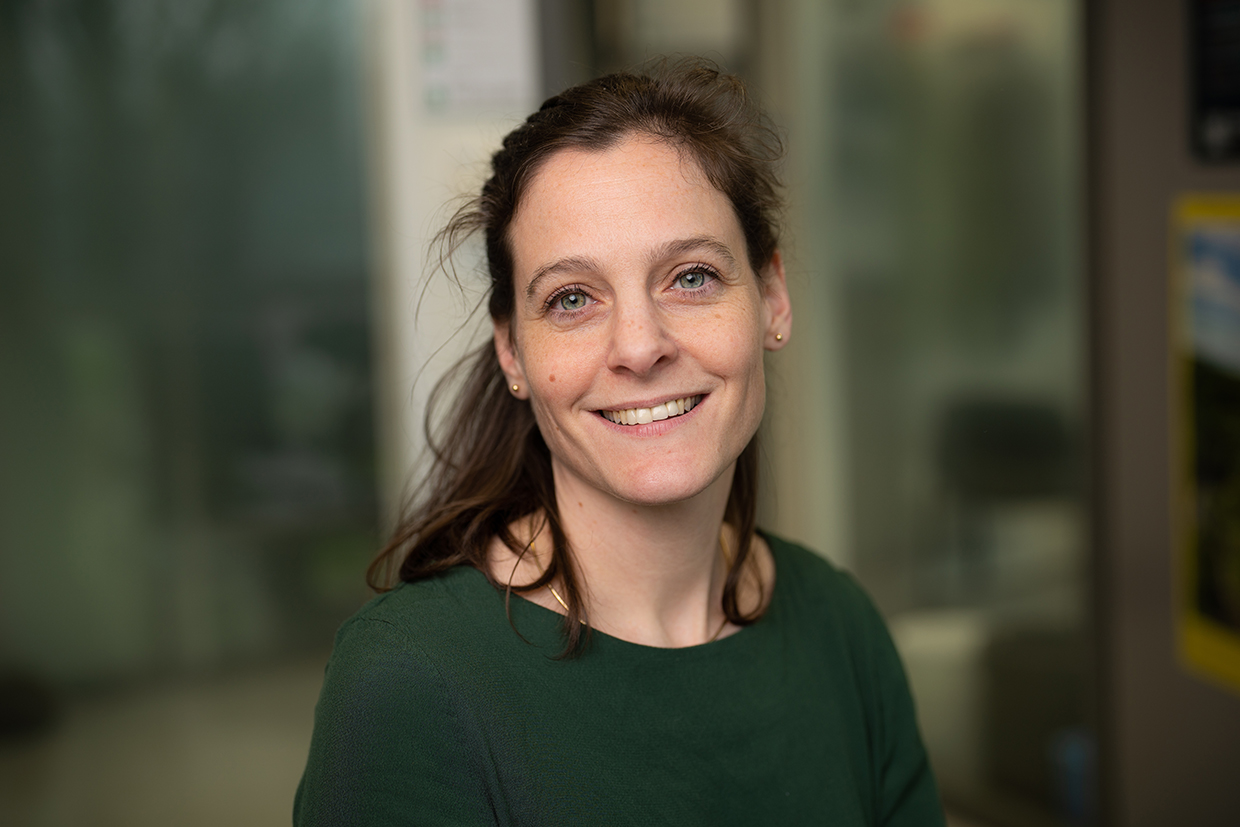It is expected that by 2040 more than 500,000 people in The Netherlands will have Parkinson’s disease, Alzheimer’s, or another form of dementia. To better understand these brain disorders and to develop medicines for them, more basic knowledge is needed on how our brain works. In her lab at TU Delft, Dr Dimphna Meijer is working on a nanoscale model of the neuronal synapse: a minimalistic but detailed biological system that could hugely speed up brain research.
Dimphna Meijer is building her fundamental ‘nanobrain’ from cellular elements. She is starting with two simplified membranes. She puts the molecules on them one by one which together form a neuronal synapse, the point of contact between two brain cells. “This is an ambitious idea as the average neuronal synapse contains between about 1,000 and 2,000 unique proteins. But a minimalist model can already be built with two membranes and a single protein that acts as bridge between them.”
Nanobrain dementia
“We can use this home-made model to unravel the complexity of the brain, and learn important new things about the mechanical principles of learning and memory. It is also the synapse where defects often emerge in neurodegenerative disorders. If we manage to imitate these defects in our model, we can make a copy of a Parkinson’s, Alzheimer’s or dementia synapse and use them for research into medicines.”

"With alumni contributions, more students and PhD students can work on the nanobrain model to speed up its development. This will allow us to gain a better understanding of brain diseases while at the same time training the next generation of technical neuroscientists."
Dr Dimphna Meijer, Assistant Professor TU Delft
Unique combination
Meijer’s work is a unique combination of biology, neurobiology, physics and chemistry. “We are working towards complexity instead of starting with complexity and then breaking it down. This is a challenge as we need to make intelligent choices when selecting the right components. Apart from this, we are the first to use this multidisciplinary approach to copy a biological synapse with nanometre precision. To do so, we need the most advanced light and electron microscopy combined with new biophysical measurements. All these are available here on campus at TU Delft.”
Discoveries at the nanoscale
“To me it is fascinating to be able to see molecules and cells ever more clearly under a microscope, and there are still a lot of questions for which we badly need this level of precision. We still do not know exactly how brains work at the nanoscale. We do not know how we learn, and definitely not why we forget things. I am completely convinced that neurosciences are the most important area where technological solutions can make the difference in new discoveries.”
Watch the interview with Dimphna
Researcher profile
Name: Dimphna Meijer (39)
Born in: Voorschoten, The Netherlands
Expertise: Biomedical Sciences
Faculty: Applied Sciences
Working on: nanoscale model of the neuronal synapse: nanobrain
Potential applications: better understanding of healthy and sick brains
Donation spent on: expanding the team and speeding up the research
Why TU Delft
“To unravel the mysteries of the brain at nanoscale, we need the most advanced light and electron microscopy combined with new biophysical measurements. All these are available here on campus at TU Delft, and this is an important reason that I established my research group here.”






